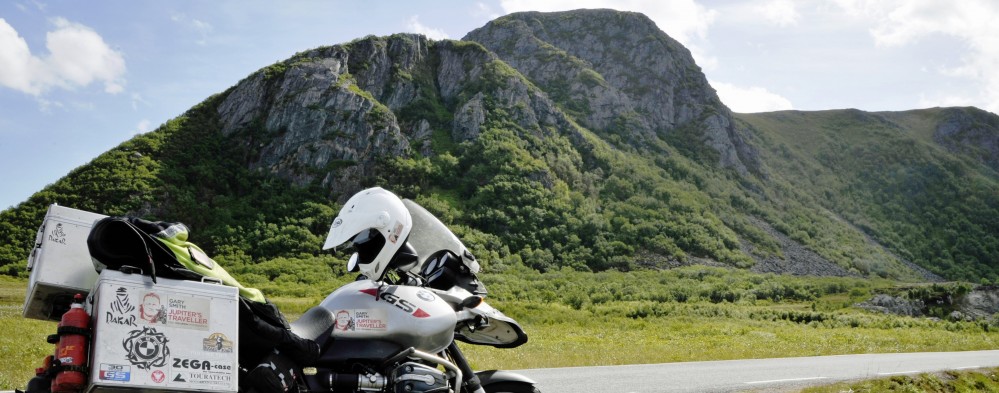
Bovec
Rode past the military cemetery east of Bovec last week. During he First World War the whole areas, despite its tranquil beauty, was the location for the determined and bloody Battles of the Isonzo which were fought between Austro-Hungarian forces and the Italian Army between June 1915 and November 1917.Over 600 soldiers are buried in the cemetery, the graves cover the entire cemetery area but only the south quarter has grave markers. It is a somber place giving shade in the midday sun and a constant reminder of the historic actions that took place all over the European frontiers – now I simply ride from county to country with no restraints or checks.




